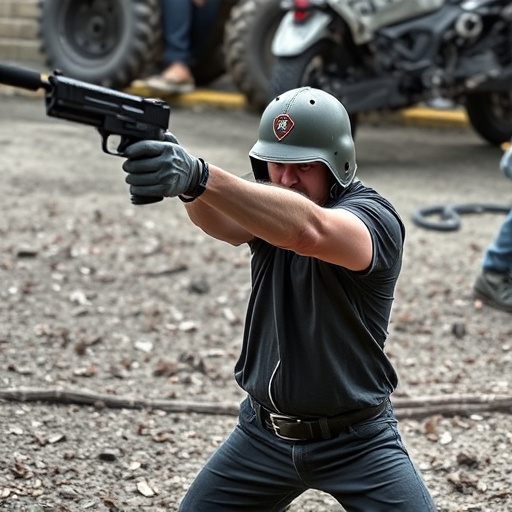Taser deployment duration varies based on voltage, distance, BMI, and fitness, lasting 1-3 seconds typically but up to a minute with some models. When choosing best-rated stun guns for self-defense, consider high voltage, safety mechanisms, durability, compact design, LED flashlights, and robust materials. Legal and safety considerations include re-evaluating threat levels after deployment, adhering to local laws, de-escalation guidelines, clearing bystanders, documenting incidents, and providing medical attention if adverse reactions occur.
“Uncovering the impact of taser deployment time on paralysis duration is crucial for both law enforcement and individuals seeking self-defense solutions. This article delves into the science behind taser effects, exploring key factors that influence the length of paralysis. We present an in-depth analysis of the best-rated stun guns for self-defense, highlighting their features and impact. Additionally, legal considerations and safety precautions after taser use are discussed, offering a comprehensive guide for understanding and mitigating potential risks.”
- Understanding Taser Deployment and Paralysis Duration
- Key Factors Affecting Paralysis Time
- Best-Rated Stun Guns for Self-Defense: Features and Effects
- Legal Considerations and Safety Precautions After Taser Use
Understanding Taser Deployment and Paralysis Duration
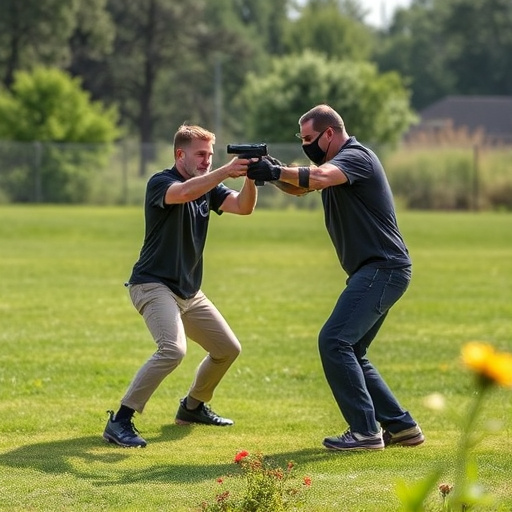
Taser deployment is a non-lethal force tool used by law enforcement and civilians alike for self-defense purposes. When activated, Tasers (also known as stun guns) fire two small probes connected to cables, delivering an electric current that disrupts muscle control in the target, causing temporary paralysis. The duration of this paralysis can vary significantly depending on various factors such as the model of Taser used, the distance between the operator and target, body mass index (BMI) of the individual, and their physical resistance or fitness level.
Choosing among the best-rated stun guns for self-defense involves understanding not just their power and range but also the potential duration of paralysis they can induce. While Tasers are designed to incapacitate targets for a few seconds, allowing users to escape or call for help, the exact period can differ. Studies suggest that typical Taser deployments result in temporary paralysis lasting between 1-3 seconds, though some models and specific circumstances might extend this window. Understanding these dynamics is crucial for individuals considering self-defense options, as it highlights the importance of choosing equipment suited to their needs and training appropriately to maximize its effectiveness.
Key Factors Affecting Paralysis Time
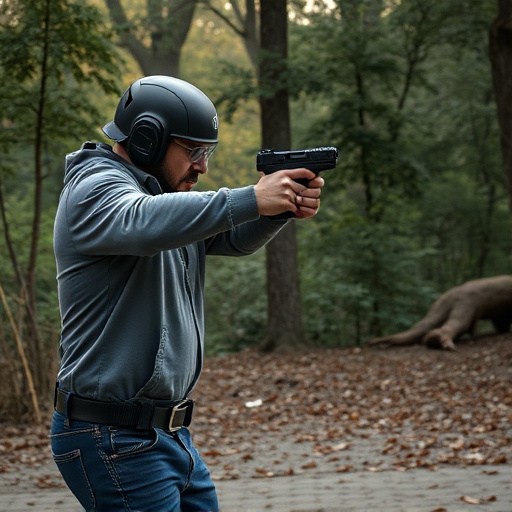
Several key factors influence the duration of paralysis caused by a taser deployment, which is crucial information for anyone considering best-rated stun guns for self-defense. The first and most significant factor is the voltage and energy output of the taser. Higher voltage typically results in longer-lasting paralysis, as it exceeds the threshold required to disrupt neural signals, keeping the body immobile for an extended period.
Another critical aspect is the proximity of the target to the taser when it’s deployed. The closer the individual is, the more concentrated the electrical discharge, potentially leading to a longer duration of muscle lockup. Additionally, the individual’s physical condition and overall health can play a role; those with certain medical conditions or taking specific medications might experience differing levels of paralysis from the same voltage, highlighting the importance of understanding these variables when considering self-defense options involving stun guns.
Best-Rated Stun Guns for Self-Defense: Features and Effects
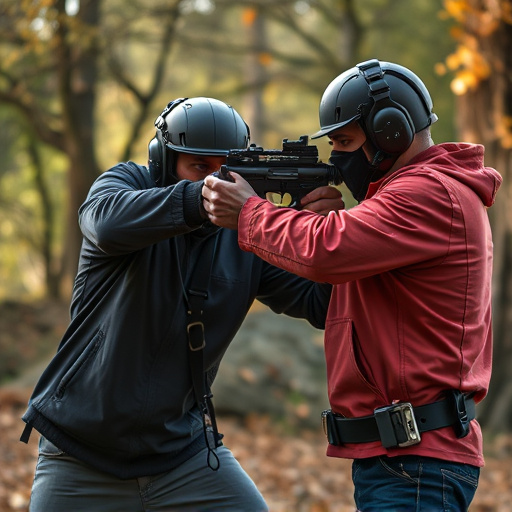
When it comes to choosing the best-rated stun guns for self-defense, several key features and effects should be considered. Top-tier models often incorporate high voltage outputs, ensuring a powerful shock that can incapacitate an attacker temporarily. Advanced safety mechanisms, such as motion sensors or smart triggers, are also crucial to prevent accidental activation. These features not only enhance effectiveness but also promote responsible use.
Moreover, durable construction and compact designs make best-rated stun guns easily concealable and reliable for self-defense scenarios. Some models offer additional features like LED flashlights or durable materials like steel or aircraft-grade aluminum. Ultimately, the best stun gun for self-defense balances power, safety, and convenience to empower individuals with a credible deterrent against potential threats.
Legal Considerations and Safety Precautions After Taser Use
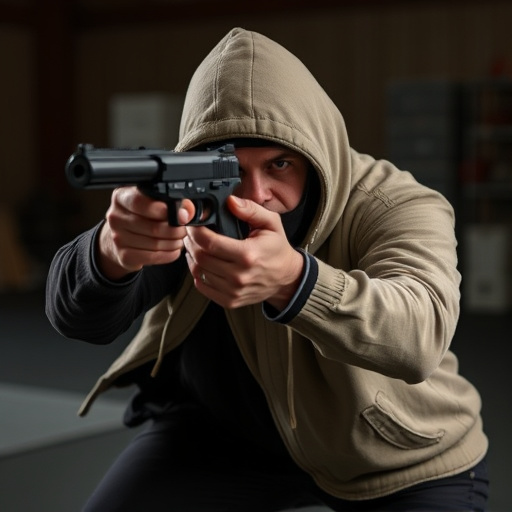
After the deployment of a Taser, there are several legal considerations and safety precautions that must be taken into account to ensure responsible use. The duration of paralysis caused by a Taser can vary, typically lasting from a few seconds to a minute or more, depending on the model and the individual targeted. During this period, it’s crucial to assess whether the subject poses an immediate threat and take appropriate action. Law enforcement agencies and individuals carrying best-rated stun guns for self-defense should be aware of local laws regarding Taser use, including guidelines on de-escalation techniques and when it is appropriate to employ such force.
Safety precautions include ensuring that bystanders are clear of the area, documenting the incident thoroughly, and providing immediate medical attention if necessary. Given the potential for prolonged paralysis, officers or individuals using a Taser should be trained in recognizing and responding to various physical reactions and be prepared to offer aid or request emergency services if the subject experiences adverse effects beyond the usual brief incapacitation.
In understanding the duration of paralysis from taser deployment, it’s crucial to consider various factors and make informed decisions regarding self-defense. While these devices can be powerful tools, choosing the best-rated stun guns for self-defense involves weighing features and effects against legal considerations. Knowing the key factors affecting paralysis time enables users to navigate potential risks effectively. Always prioritize safety precautions after taser use to ensure responsible and legal deployment.
